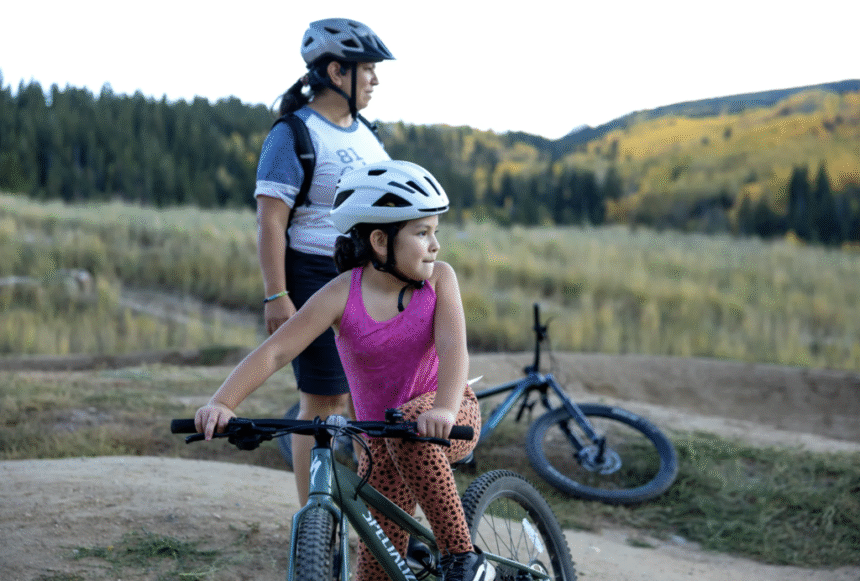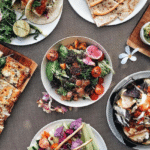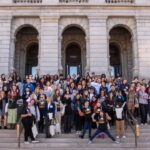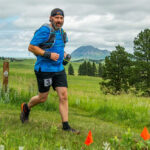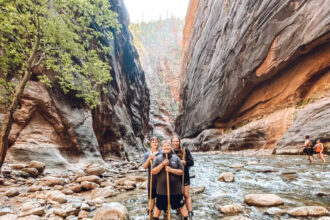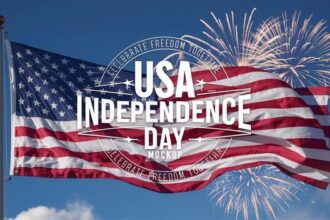Increasing Access to the Outdoors for Underrepresented Communities
In the aftermath of the pandemic, Andrea Ramos and her family, like many families, found themselves longing for outdoor activities. Their journey began when they discovered the Eagle Valley Outdoor Movement (EVOM) in Avon, a coalition dedicated to promoting outdoor participation among underrepresented groups. Ramos, a native Spanish speaker, often struggled to find affordable outdoor activities offered in her language within Eagle County. Additionally, finding accessible programs for her daughter, Jimena, who has cerebral palsy, posed a significant challenge.
Since joining EVOM, their family has engaged in hiking, snowshoeing during winter, and mountain biking in summer. The organization provides free or low-cost activities and offers equipment for those who need it, with the majority of programs conducted in Spanish. Ramos emphasized the mental health benefits of spending time outdoors, saying, “As moms, we have certain days set aside to go outside and enjoy nature. EVOM provides this important opportunity.”
As efforts to promote outdoor equity increase across Colorado, various organizations have received renewed funding and recognition. However, groups serving rural areas often face obstacles that those in urban settings do not. Bianka Martinez, an equity and outreach coordinator at the Greater Arkansas River Nature Association, noted that city populations typically have better access to programming, yet many in rural areas lack similar opportunities to participate in outdoor equity initiatives.
“Rural areas can often be overlooked in efforts to increase outdoor equity,” Martinez pointed out. “People in these communities deserve the same opportunities.” The challenge extends beyond mere access to gear and training; it is also about building comfort in outdoor environments, particularly for underrepresented populations—people of color, those with disabilities, and members of the LGBTQ community.
Outdoor Participation Trends
Data highlights a gradual increase in outdoor activities among diverse demographics. Notably, the Outdoor Industry Association’s 2023 report revealed that outdoor recreation participation had risen to 168 million in 2022. Participation among Latino individuals surged from 34% in 2015 to 56% in 2022, underscoring a positive shift towards inclusivity. However, disparities still exist, with Black individuals showing the lowest participation rates, despite steady increases over time.
Many Latino families reside in proximity to some of the best outdoor locations yet report underutilization of these spaces. For instance, organizations like Colorado Parks and Wildlife aim to bridge these gaps through statewide initiatives like the Outdoor Equity Grant. Established in 2021, the grant program allocated $3.1 million to support 69 organizations focused on fostering inclusive outdoor experiences.
| Demographic Group | Participation Rate (% in 2022) | Change from 2015 (%) |
|---|---|---|
| Latino | 56% | +22% |
| Black | 40.7% | +2.1% |
| Overall Participation | 55% | +2.3% |
Community Efforts to Diversify Outdoor Activities
Organizations like OSO Outdoors, founded by Javier Pineda in Summit County, are working to ensure that Latino communities are represented on the slopes. The program, which offers free snowboarding lessons in both English and Spanish, aims to counteract historical barriers that have discouraged adults from engaging in snow sports.
As snowboarding has offered Pineda a means to escape daily pressures, the program seeks to foster confidence in participants, addressing fears often rooted in past experiences. “Our outdoor activities are vital not only for recreation but for building community,” he remarked.
As groups across Colorado continue to face unique challenges in promoting inclusivity in outdoor spaces, individuals like Andrea Ramos and the organizations supporting them offer hope for a brighter, more equitable future in outdoor recreation.
